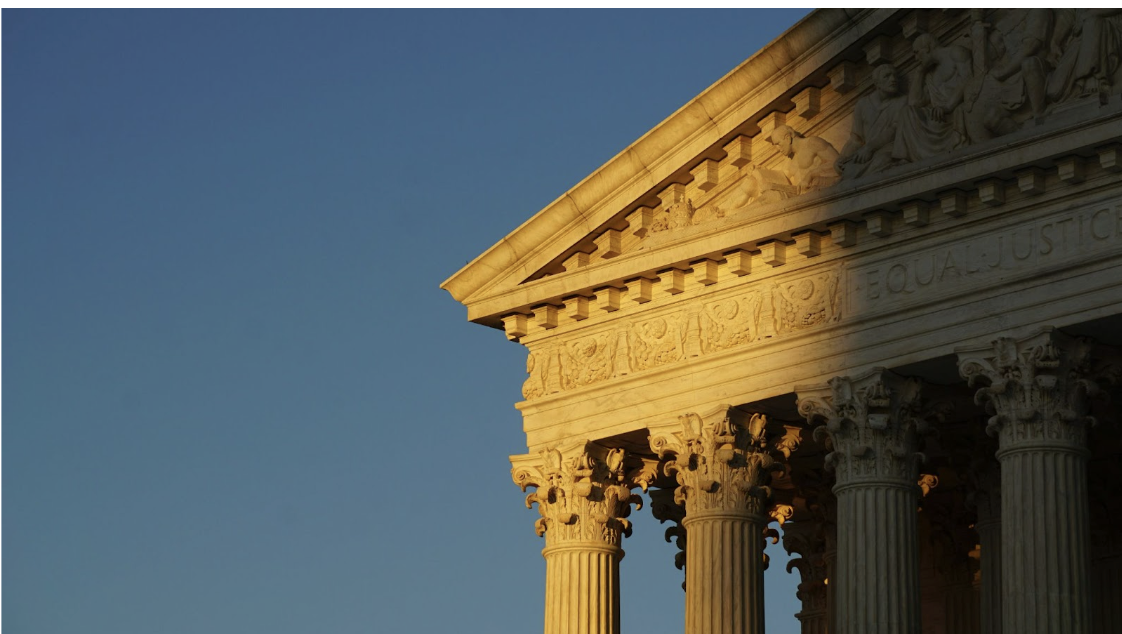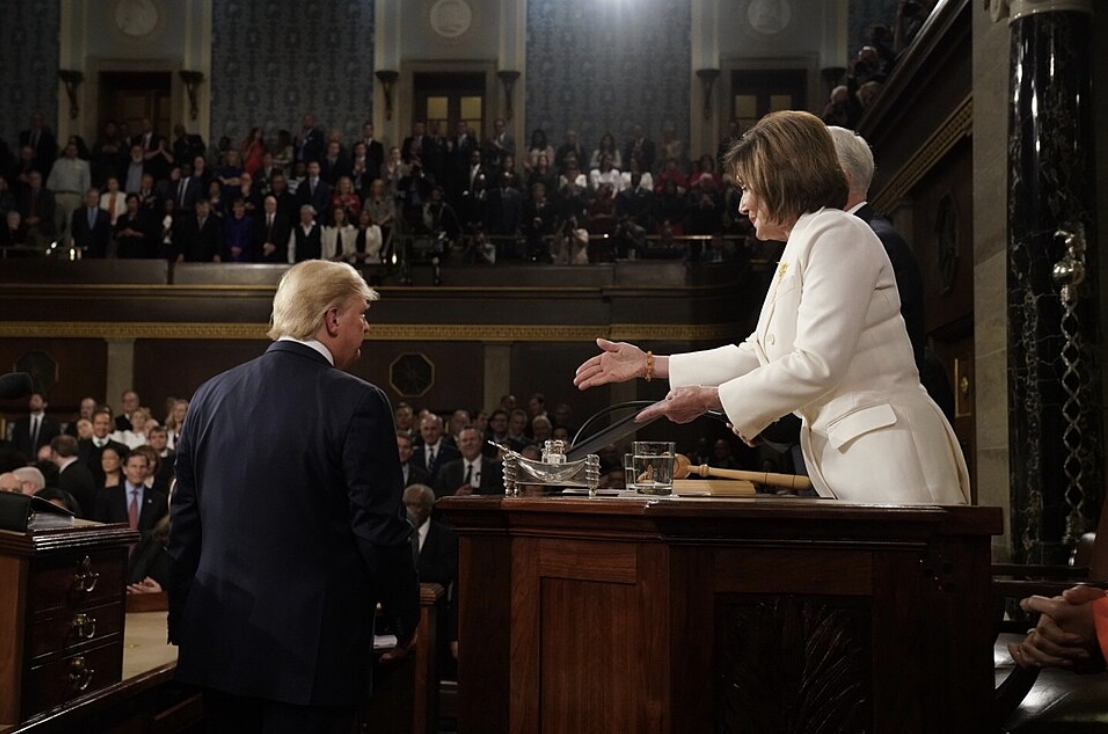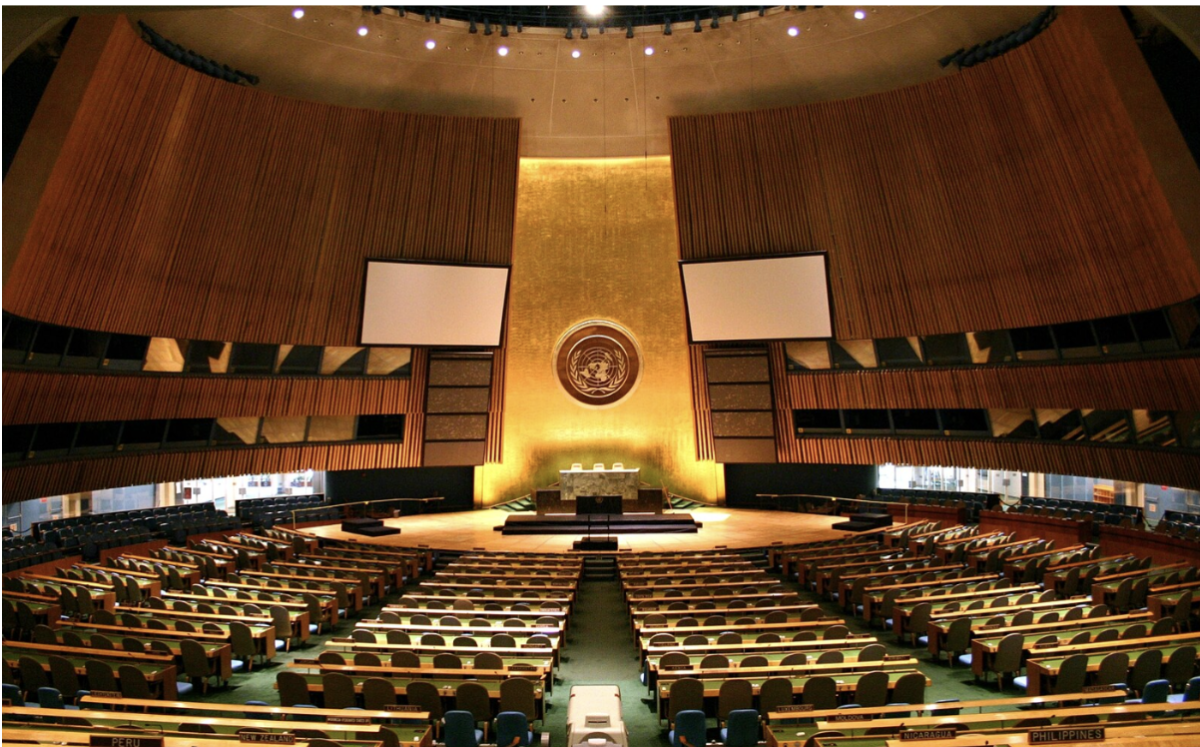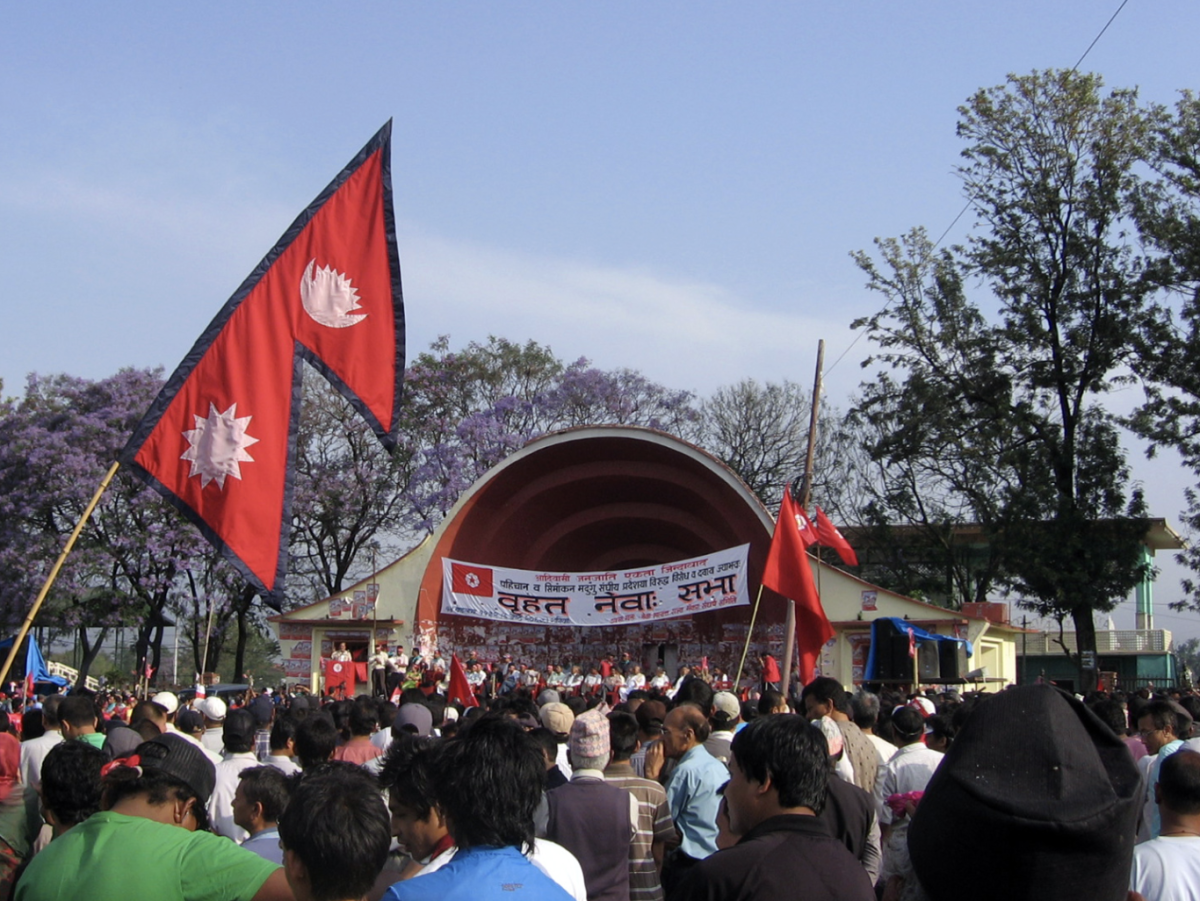Switzerland, as we know it today, did not start out as a unified national state. Instead, it began as a collection of republics throughout the Alps working together to defend their ideals of democracy against the surrounding monarchies. Each community developed on its own, but each created its own form of consensus-based democracy, where the citizens decided all matters of law and governance together. Crucially, though, the democracy in question was direct. In other words, there was no intermediary between the people and the laws that their government passed. The people created laws, and the laws, in turn, governed the people.
Even as the Swiss republics unified and expanded, they stayed true to their founding principles. When the cities of Solothurn and Fribourg wished to join in 1481, they were forced to accept limited voting rights for a period of time on the demands of five rural members that feared the electoral domination of the large cities. Small voices were not drowned out by the majority, but were instead incorporated to form a compromise that worked for all cities involved.
At first glance, the modern Swiss system looks a lot more like other democratic states. Switzerland evolved into a parliamentary system, where members are elected to serve fixed-year terms as legislators representing the people. At the same time, many of the founding principles of the Swiss confederation remain key parts of the Swiss political system.
For instance, the Swiss have seven top executive officers instead of just one. An executive council is elected by the parliament to four-year terms. One member is elevated to serve as head of state for a term of one year, but the appointment is mostly symbolic and the head of state does not exercise any real power. More importantly, any citizen can force a nationwide referendum on any piece of legislation they propose if they receive 30,000 signatures. The same goes for the constitution, which can be amended with the signatures of 50,000 people and a referendum. These mechanisms demonstrate both the processes of citizen initiative (where citizens propose their own pieces of legislation),and referendum (when citizens approve or repeal).
True to its roots, Switzerland still treats the consensus of the population as the highest form of governance. To this day, even international treaty deliberations are carried out by referendum, something almost exclusively reserved for the government or executive branch in other countries.
The United States, like many other democracies, has representatives that are tasked with representing their constituents. However, the US, like Switzerland, has both popular referendums and citizen initiatives, though their ease of use and processes vary by state. Only 24 states have a citizen initiative process, and only 23 have a popular referendum process. Tennessee, for instance, has neither.
Recently, local referendums have made news headlines in the United States. On August 2, 2022, only months after the Supreme Court overturned Roe v. Wade, Kansas voted to keep abortion protections in its state constitution, with 59.0% of voters choosing to protect abortion access. On November 7, 2023, Ohio voted to add an amendment to its state constitution protecting the right to an abortion. Analysis of the vote by the New York Times highlighted 18 counties that had voted for Trump in 2020, but voted to enshrine abortion access into the state constitution. Both examples highlight an instance when the ruling party’s policy did not align with citizens’ opinions: Kansas’ and Ohio’s bicameral legislatures are both controlled by Republicans.
In a VPR Instagram poll targeted at members of the Vanderbilt community, 61% responded in favor of implementing more referendums in the US, compared to 39% against. When asked if the government should be allowed to reject the results of a popular referendum, a decisive 74% responded no, with 24% responding yes. These responses suggest that the Vanderbilt community is in favor of expanding access to referendums, but are even more inclined to accept the results of a referendum once completed. Even in the US, the legitimacy of referendums seems largely uncontroversial.
The United States is nowhere near Switzerland in terms of their usage of or respect for citizen-led referendums, but the recent headlines suggest that, at least in the current political climate, referendums might give a more accurate picture of citizens’ policy preferences than trusting their representatives. The US cannot logistically or constitutionally hold a referendum on everything. The founders chose a republic intentionally to ensure the efficient functioning of the government. And although it would be impractical to hold a referendum on every government decision, perhaps it is worth taking a page out of Switzerland’s centuries-old book and expanding access to popular referenda.
Image by Jansoch Diggelman on Unsplash




















